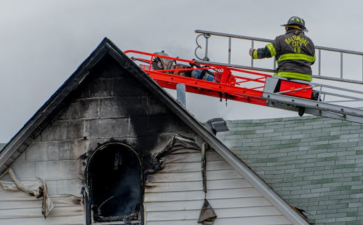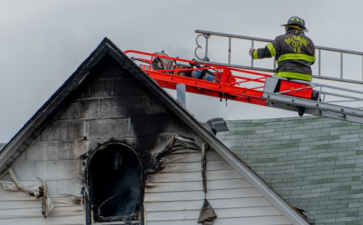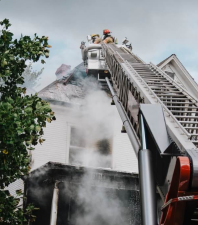
The recent wildfires raged across Los Angeles, bringing unprecedented devastation and loss to the area. The California wildfires were more than just a natural disaster; they were like a relentless storm, shaking the backs of countless families and communities.
The complexity of post-disaster recovery extends far beyond the physical reconstruction of structures; it also involves rebuilding people's emotions and social structures. Field research in California wildfire-affected communities found that the speed and quality of post-disaster recovery were closely linked to the community's pre-disaster social capital. Communities with stronger social connections and a stronger willingness to support each other experienced significantly faster recovery and greater psychological resilience.

Increased Demand for Reconstruction
- Residential and Commercial Building Reconstruction: The damage caused by the wildfires will require extensive reconstruction work, including residential areas, commercial buildings, and infrastructure. Construction companies and contractors are likely to experience a surge in demand.
- Increased Demand for Materials: Demand for building materials such as lumber, steel, and concrete is expected to surge, driving up prices.
- Tight Labor Market: The construction industry is likely to face a shortage of skilled workers, leading to rising labor costs.
Stricter Building Codes
- Upgraded Fire Design Standards: Future new and rebuilt buildings may require stricter fire codes, such as the use of more fire-resistant materials, additional fire protection systems, and improved building layouts to reduce the risk of fire spread.
- Sustainability Requirements: California's focus on environmentally friendly and energy-efficient buildings may lead to the widespread use of green building materials and technologies.
Changes in the Building Insurance Industry
- Rising Insurance Rates: Frequent fires may lead to higher building insurance rates, especially in high-risk areas.
- Delays in Approvals and Compensation: The complexity of the insurance compensation process may affect project start times.

Urban Planning and Policy Adjustments
- Reconstruction Priority Areas: The government may prioritize reconstruction support for certain areas and restrict development in fire-prone areas.
- Evacuation and Emergency Infrastructure: Investments may be made in improving infrastructure such as roads and communications to enhance disaster resilience.
- Technology and Innovation Driven: New Materials and Technologies: Fire-resistant building materials and smart building technologies may gain increasing attention.
- Modular Construction Growth: Modular construction may become a trend to quickly meet reconstruction needs.
Risks and opportunities coexist. While the fires will increase short-term demand, high costs and strict regulations may put pressure on small businesses or construction companies with limited resources. However, for companies that can adapt to market demand and innovate construction methods, this is also an opportunity to expand the market.
